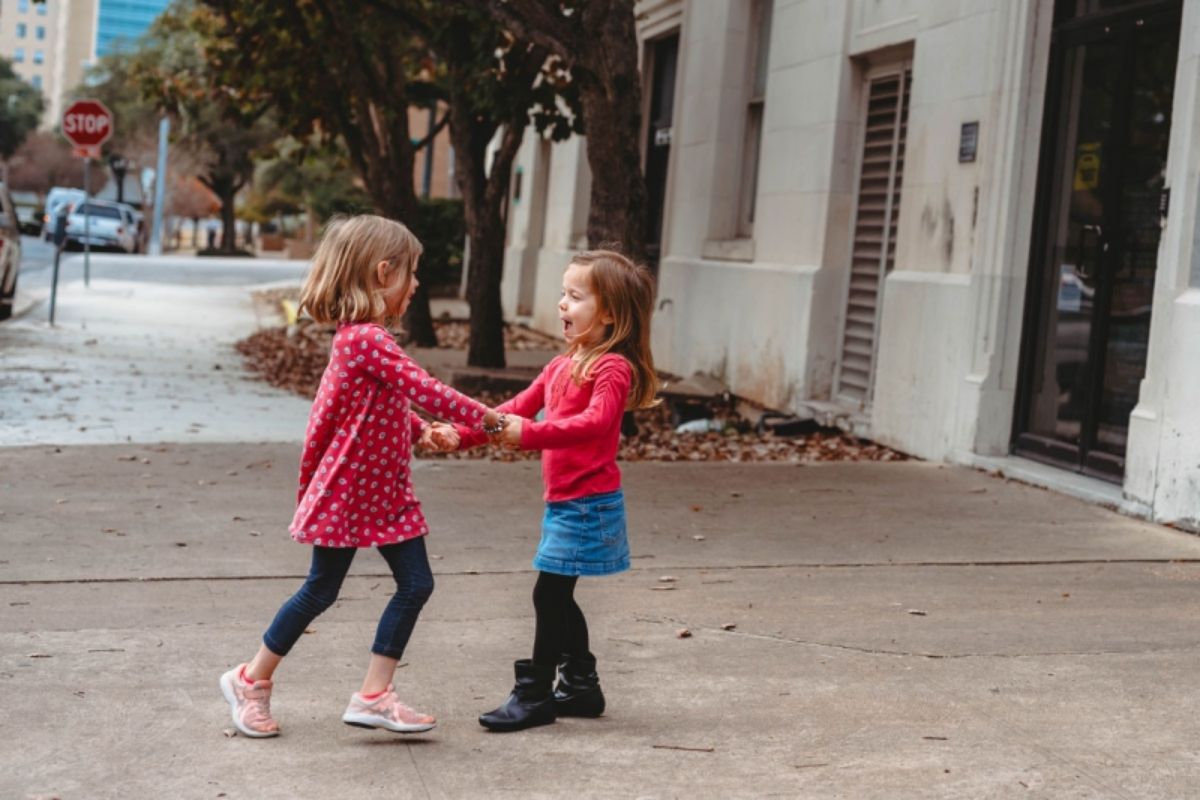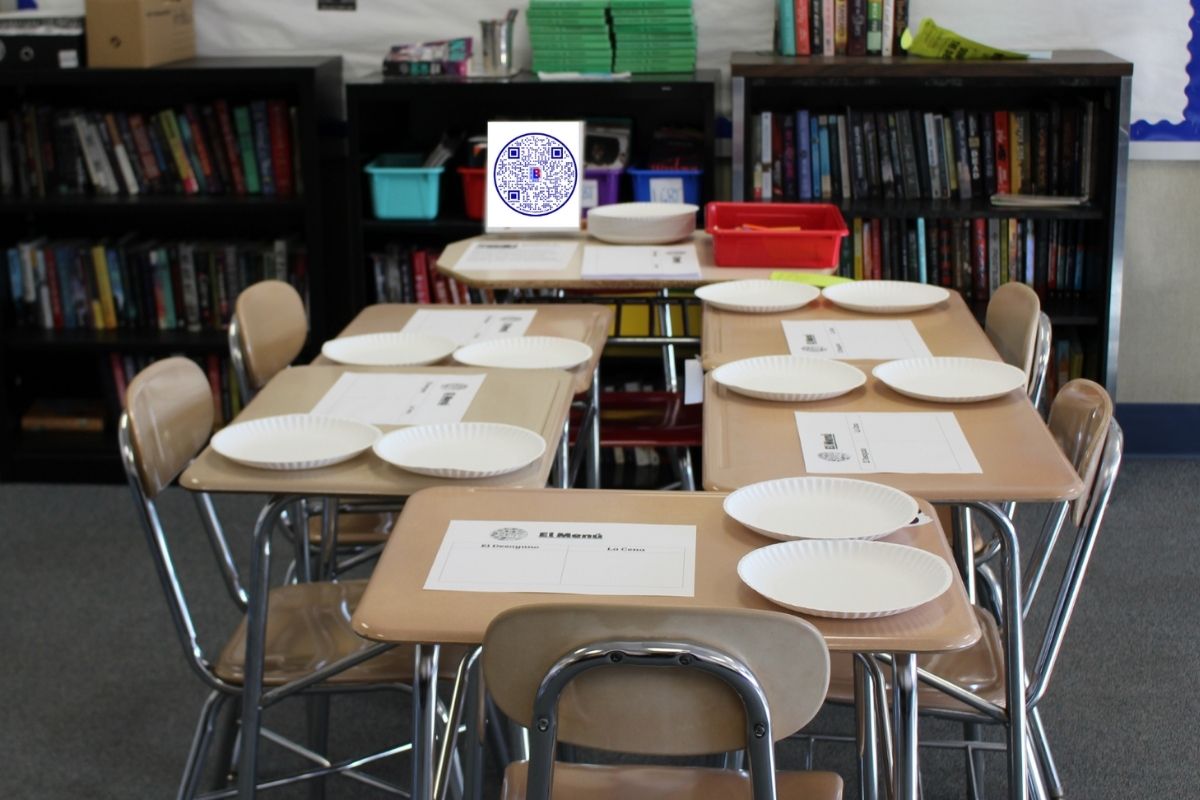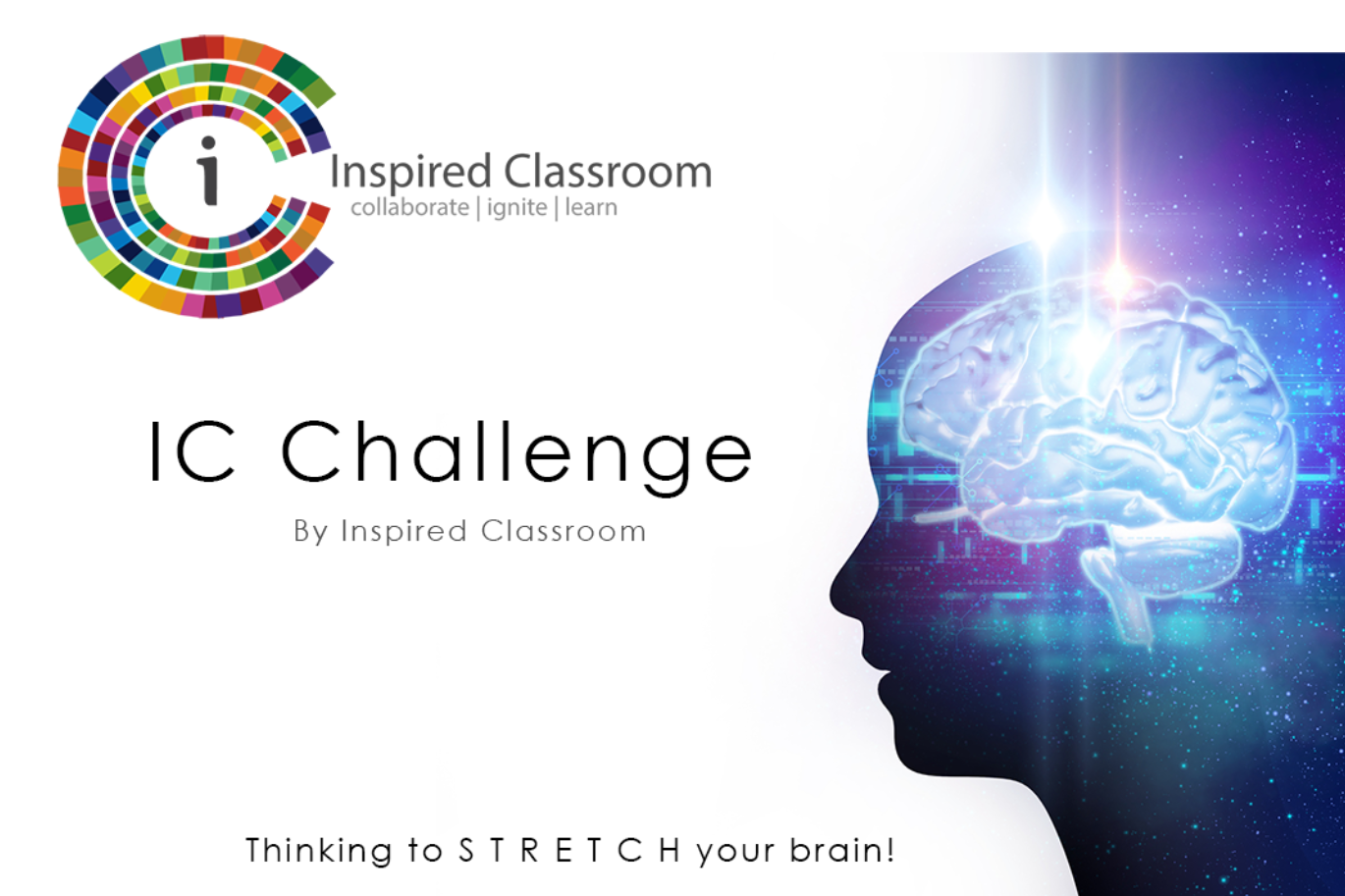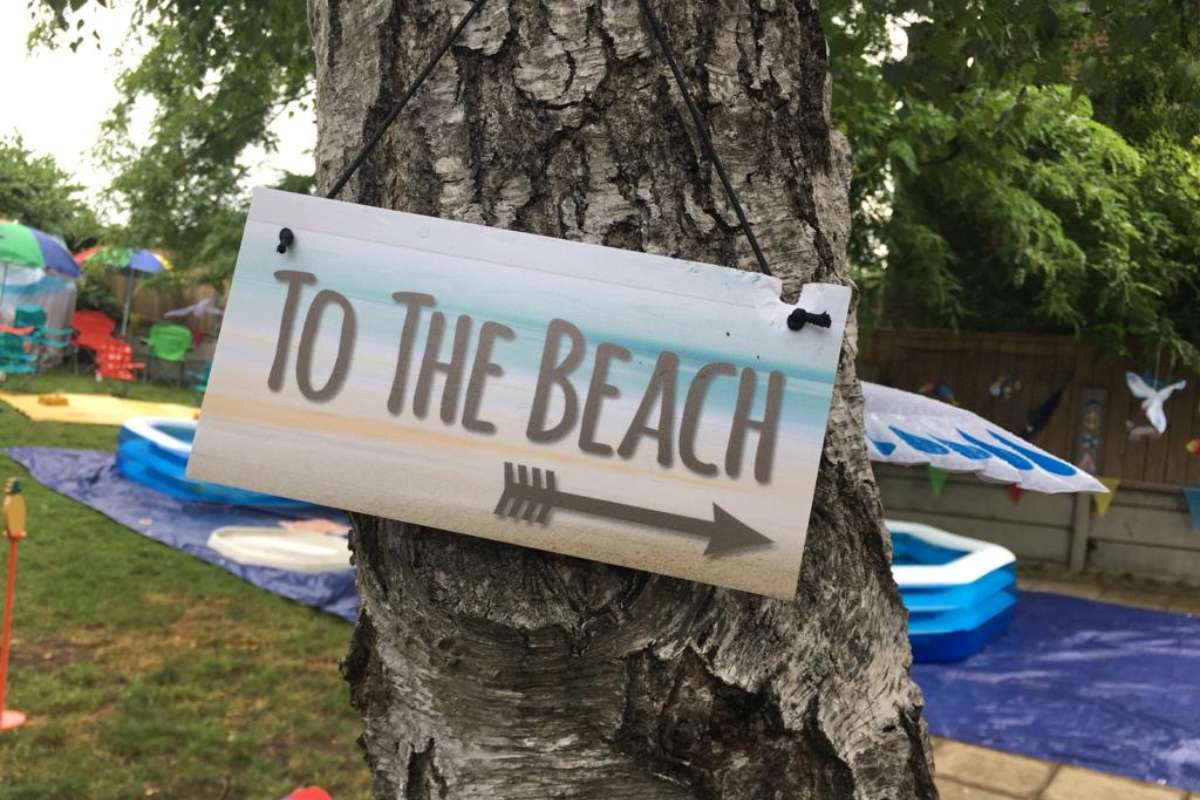Why is Going Gradeless Controversial?

I always knew grades were embedded in the fabric of education, but I didn’t realize how divisive the term “Going Gradeless” would be. Even amongst people who identify themselves as progressive educators. From the conversations that I’ve had, there are a few themes that have emerged from the pushback. Many people don’t understand the term gradeless because in most circumstances a grade must be issued, it is not the way most of us experienced education, making it unfamiliar and uncomfortable, and not knowing how to hold students accountable.
What is meant by Gradeless?
I can see how the term can be confusing. Afterall, most gradeless educators are still required to provide a traditional grade at the end of the semester or year. The best way I can explain the term is grading is a mindset. Traditional grading places an unavoidable emphasis on the final product. Practice and progress are judged, measured, and reported in the gradebook. While there are grading alternatives that reduce this emphasis, student work is still being judged.
With a gradeless mindset, there is no judgment. This is a difficult concept for some to wrap their heads around. Yes, I assess where students are in their learning, but wherever they are is merely the starting point of their journey. (For more details check out Striving Towards Inclusion, How I Differentiate Support, Differentiating Support with the Learning Progression Model.) Every student is provided with an on ramp to learning, and we provide them with their individual next steps. It’s about process over product. Incremental improvement over time. Most importantly, it is about removing the interference of grades in the learning process for as long as possible. We have a flexible grade translation chart (because we have to) that is published at the beginning of the year. This is used to set goals and track progress. However, when it comes to reporting a final grade, students are involved. We have conferences (Have you tried student conferencing?) and discuss their portfolio of learning evidence. The translation chart is the beginning of the discussion with maximum targeted level of development, which can be altered for a number of reasons. If it were up to me, I would move to a credit/no credit system (Mastery Transcript is a great example) and never have to report a grade. I understand that is still technically grading if we are judging the value of a student’s collective body of work. However, the mindset and interactions during the learning process are significantly different.
Some may argue that if there is flexibility in the final reporting, then the final grade is not reflective of learning. I disagree. I’ve written and spoken about this before, so I’ll be brief with this point. A current mantra of education is to “meet students where they are.” (Are we sending a consistent message to our students?) If we are to value their experience and ability, then they can’t be punished for it. For a student that enters the class without the same foundational understandings as their classmates or for a student that has processing delays, judging them by the same final bar as everyone else seems inappropriate to me. If they are making continued progress towards these targets, that should be reflected in our reporting. This is not assessing effort. It is reflecting progress.
Unfamiliar Territory
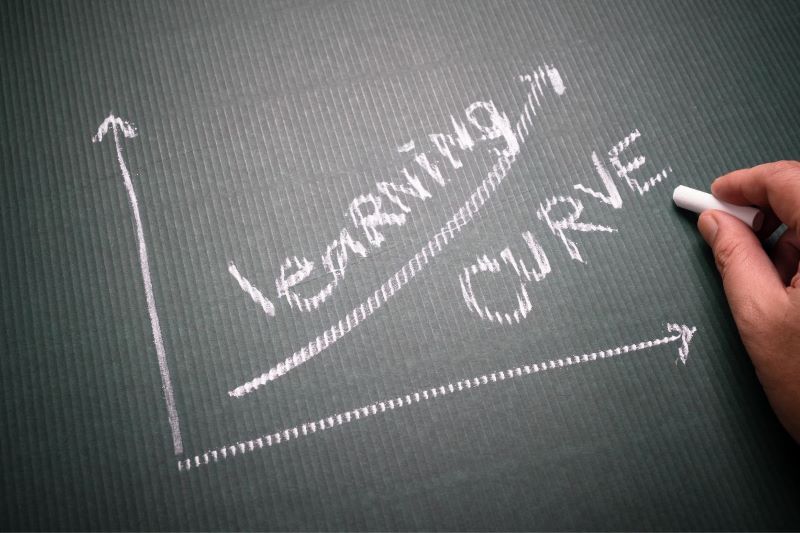
When the majority of parents and educators think of school, their experience has been the traditional model. As is the case with anything new, there is a learning curve and some uneasiness during the transition. For educators that fear is not knowing how this will impact classroom management, the thought that all of the resources they’ve developed over their career must be discarded, or if students would even do the work if points weren’t assigned.
That last one is one of the more common concerns I encounter in my conversations. I understand why. In a points-driven class, anything without points is meaningless to students. It doesn’t help them get to their goal of a grade, so it doesn’t get done. That has been the experience of teachers who have tried a few assignments or a unit without grades. Students have not had the time to adjust their mindset around points and grades, making the approach ineffective. Shifting mindsets of both teachers and students is essential to this being successful. In a feedback-centered course, the only way to move towards their goal is to submit learning evidence to gain feedback. (The Impact of Feedback)
Often, teachers implementing a gradeless approach are one of a few teachers and sometimes the only teacher doing this. From experience, I can tell you that does make it more challenging. It has gotten easier as more of my colleagues are moving towards alternate assessment methods. Even if they are not doing the same thing, the departure from traditional grading is opening minds. I no longer hear from parents, “You’re the only one doing this.”
Once again, I understand why this makes parents uncomfortable. They have been conditioned to see a single letter grade and determine from that symbol whether or not their child is “doing well” in the class. We all know the conversation is way more complicated than that, but that is what they’re used to. When you compound that with the currency of grades for scholarships and college admissions, the anxiety of not knowing the grade increases exponentially. I’ve found that through proactive communication, this can be eased in most cases. They need to know that a grade won’t be a surprise at the end of the course and there is time to intervene if goals are not being met.
Accountability
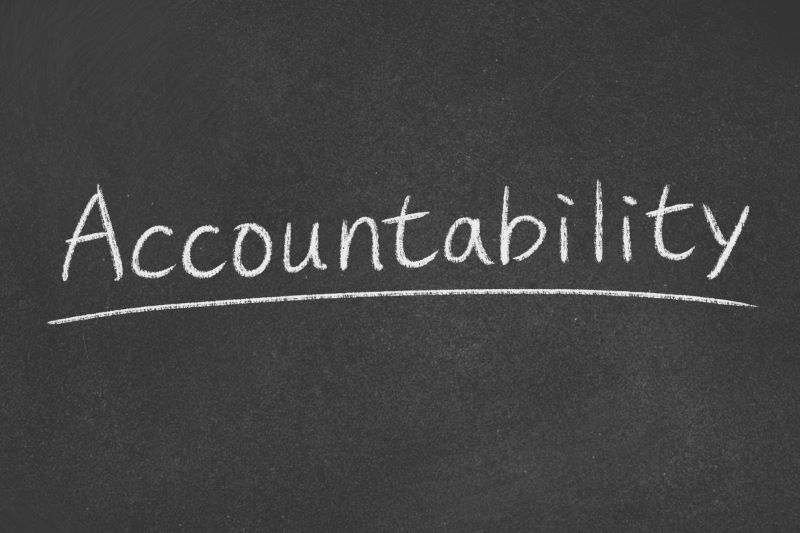
I’m not sure where the erroneous idea of gradeless classrooms being less academically focused came from. My guess is it’s rooted in the idea of “rigor.” We don’t need to make students uncomfortable in order for them to learn. Yes, they need to be challenged, but that challenge should be appropriate to their level of experience and ability. It is not one size fits all and doesn’t require two hours of homework a night.
With learning as the focus, my course is highly structured. However, it provides space for learners of different experiences and abilities. Content is available on multiple platforms. Guided and independent practice opportunities are available for every topic we study. If a student needs more practice with a specific concept, they engage with that practice while other students are engaging with different practice. (Check out The Role of Practice in Learning)
We ensure that we have collected enough evidence of learning to discuss where a student currently is in their learning journey and what their next steps are. Just because I don’t use a zero to send a message doesn’t mean a message isn’t sent. Conversations are had with students that are not submitting enough evidence. If those conversations are not productive, we then get guidance and parents involved. These interventions happen much earlier in the year than they did when I was using traditional grading. I’ve had conversations start as early as October. This is much more productive than having a conversation at the end of May asking what the student can make up or what extra credit they can produce that will get them to pass. In my mind, a gradeless model holds students more accountable for learning.
Final Thoughts
Grades are not going away any time soon. I understand that. I also understand that change is hard, but change is necessary. When districts focus on initiatives such as diversity, equity and inclusion, SEL, or PBIS to name a few, they’re missing the point. We need to stop compartmentalizing education. A singular initiative on its own will not have the desired impact. All of these facets of education are intractably intertwined. If we truly care about fixing education, we must create an action plan that addresses all aspects, including grading, simultaneously. Sending conflicting messages leads to frustration and the ultimate demise of whatever initiative is being introduced.
This article was original published at reimaginedschools.com.


